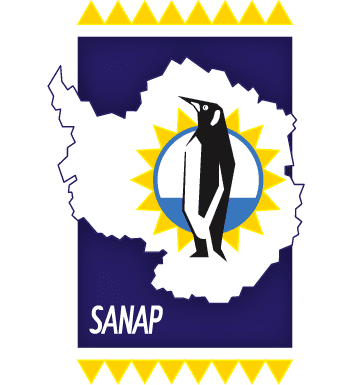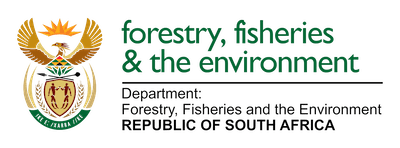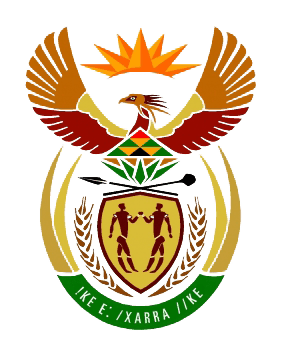Jean Loock and Johan Viljoen, Stellenbosch University doctoral candidates currently onboard the S.A. Agulhas II, gave some insight on why the TracEx -group is so interested in studying the Southern Ocean during winter and the particular interest in the seasonal sea-ice.
“Phytoplankton are microorganisms that help regulate global climate through carbon dioxide uptake as they photosynthesise. To do this they require nutrients but in the remote oceans food is scarce, resulting in fierce competition and poor growth of these plankton. However, within the seasonal sea-ice that grows during winter and extends northwards from Antarctica, a thriving little community of microorganisms exist.
Our team is looking to analyze the snow layer on the ice, the ice itself and the water below the ice in an attempt to understand how these nutrients are concentrating within the ice. It may be that during the summer melting phase, these nutrients are expelled from the ice and provide the food required for large scale blooms of phytoplankton and thereby improved carbon dioxide uptake. These curious cases are crucial to improving our understanding of the climate system in a changing environment”.
Preparing the Mini Geotraces CTD Rosette before the cruise:
Our mini #GEOTRACES compliant #CTD rosette is ready! We are looking forward to deploy & test it in the Southern Ocean during the @SCALExperiment Winter cruise in July. Baptism with fire as they say! The rosette will have space for 12 teflon coated 5L #GoFlo bottles. @geotraces https://t.co/FlbqO59ULd
— TracEx Stellenbosch (@TracexS) May 28, 2019
On the day of the first launch, during the #SCALExperiment #WinterCruise2019 .

Team TracEx getting ready to deploy their new mini CTD rosette in ice conditions to collect water samples to study the trace metals in the water column below ice. Photo Credit: Johan Viljoen
For more information on #SCALExperiment #WinterCruise2019 – click here.
Anché Louw, Antarctic Legacy of South Africa, 01 August 2019







